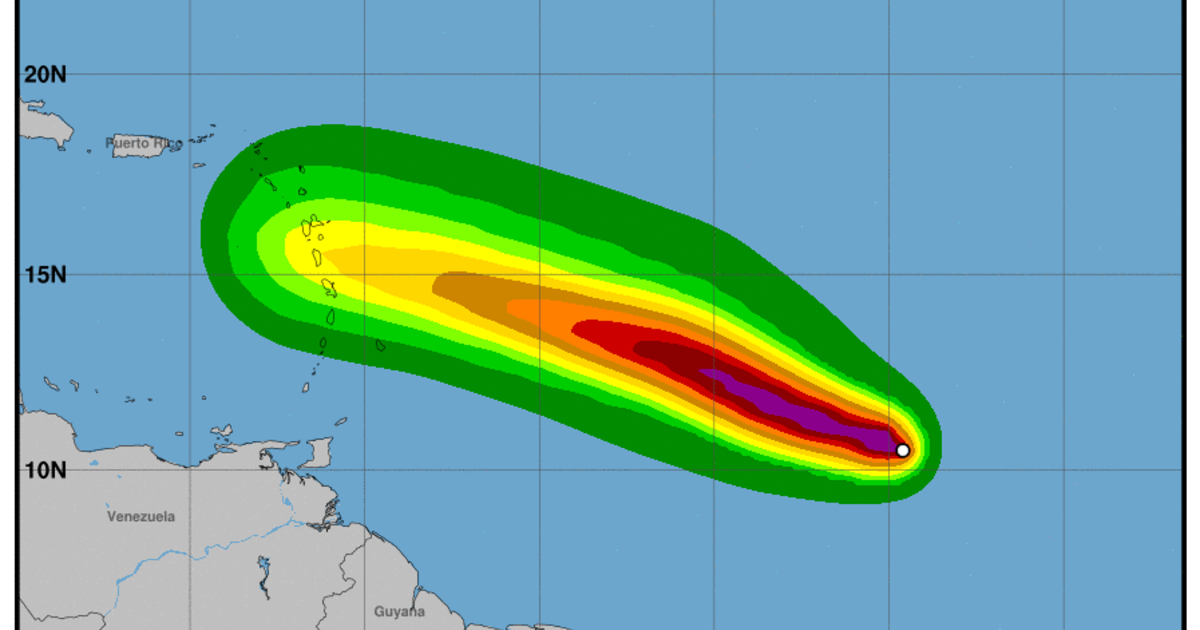Projected Path Analysis

Beryl projected path – Analyzing the projected path of a hurricane like Beryl is crucial for several reasons. Firstly, it helps authorities and emergency responders determine the potential areas that may be impacted, allowing them to make informed decisions regarding evacuation orders, resource allocation, and disaster preparedness measures.
Predicting the path of a hurricane involves a combination of scientific methods and real-time data analysis. Meteorologists utilize numerical weather prediction (NWP) models, which are computer simulations that incorporate atmospheric and oceanic data to forecast the movement and intensity of hurricanes. These models consider factors such as wind patterns, ocean currents, and atmospheric pressure gradients.
Beryl projected path may shift, so stay updated with the latest hurricane beryl spaghetti models. The projected path could change drastically, so it’s important to stay informed. Check back often for the most up-to-date information on Beryl’s projected path.
Historical Examples
The accuracy of projected hurricane paths has improved significantly over the years due to advancements in technology and data analysis techniques. However, it’s important to note that predicting the exact path of a hurricane remains a complex task, and there can be instances where projections may not be entirely accurate.
The beryl projected path is a great way to learn more about the mineral beryl. Beryl is a type of silicate mineral that is found in a variety of colors, including green, blue, and yellow. It is used in a variety of applications, including jewelry, electronics, and optics.
To learn more about the beryl projected path, visit beryl projected path.
For instance, during Hurricane Katrina in 2005, the initial projected path indicated a landfall near Florida. However, the hurricane unexpectedly shifted its course and made landfall in Louisiana, causing catastrophic damage. This highlights the challenges in predicting hurricane paths and the need for continuous monitoring and adjustment of projections as new data becomes available.
Potential Impacts: Beryl Projected Path

Beryl is expected to bring heavy rainfall, storm surge, and strong winds to the affected areas. These hazards can cause significant damage to property and infrastructure, as well as pose a risk to human life.
Storm Surge, Beryl projected path
Storm surge is a rise in sea level caused by a storm’s winds. It can cause flooding in coastal areas, even if the storm does not make landfall. Storm surge can be particularly dangerous because it can catch people off guard and can cause extensive damage to property.
Flooding
Heavy rainfall from Beryl can also cause flooding. Flooding can occur in both coastal and inland areas. It can damage homes and businesses, and can also make roads impassable.
Wind Damage
Beryl’s strong winds can cause damage to trees, power lines, and buildings. Wind damage can also be a hazard to people, especially if they are caught outside during the storm.
Recommendations for Preparation
There are a number of things that people can do to prepare for the potential impacts of Beryl. These include:
- Monitoring the storm’s track and intensity.
- Evacuating to a safe location if necessary.
- Securing loose objects around your home or business.
- Stocking up on food, water, and other essential supplies.
- Having a plan for how you will communicate with family and friends during the storm.
Tracking and Communication

Beryl’s path is being tracked by a variety of methods, including satellite imagery, radar, and weather balloons. This information is then used to create computer models that predict the storm’s future path. These models are constantly being updated as new data becomes available, and they are used to issue advisories and warnings to the public.
It is important to stay informed about the latest updates on Beryl’s path, as the storm could change direction or intensity at any time. You can find the latest information on the National Hurricane Center’s website or by following the NHC on social media.
Resources for Staying Informed
- National Hurricane Center website: https://www.nhc.noaa.gov/
- NHC on Twitter: https://twitter.com/NHC_Atlantic
- NHC on Facebook: https://www.facebook.com/NHC.Atlantic/